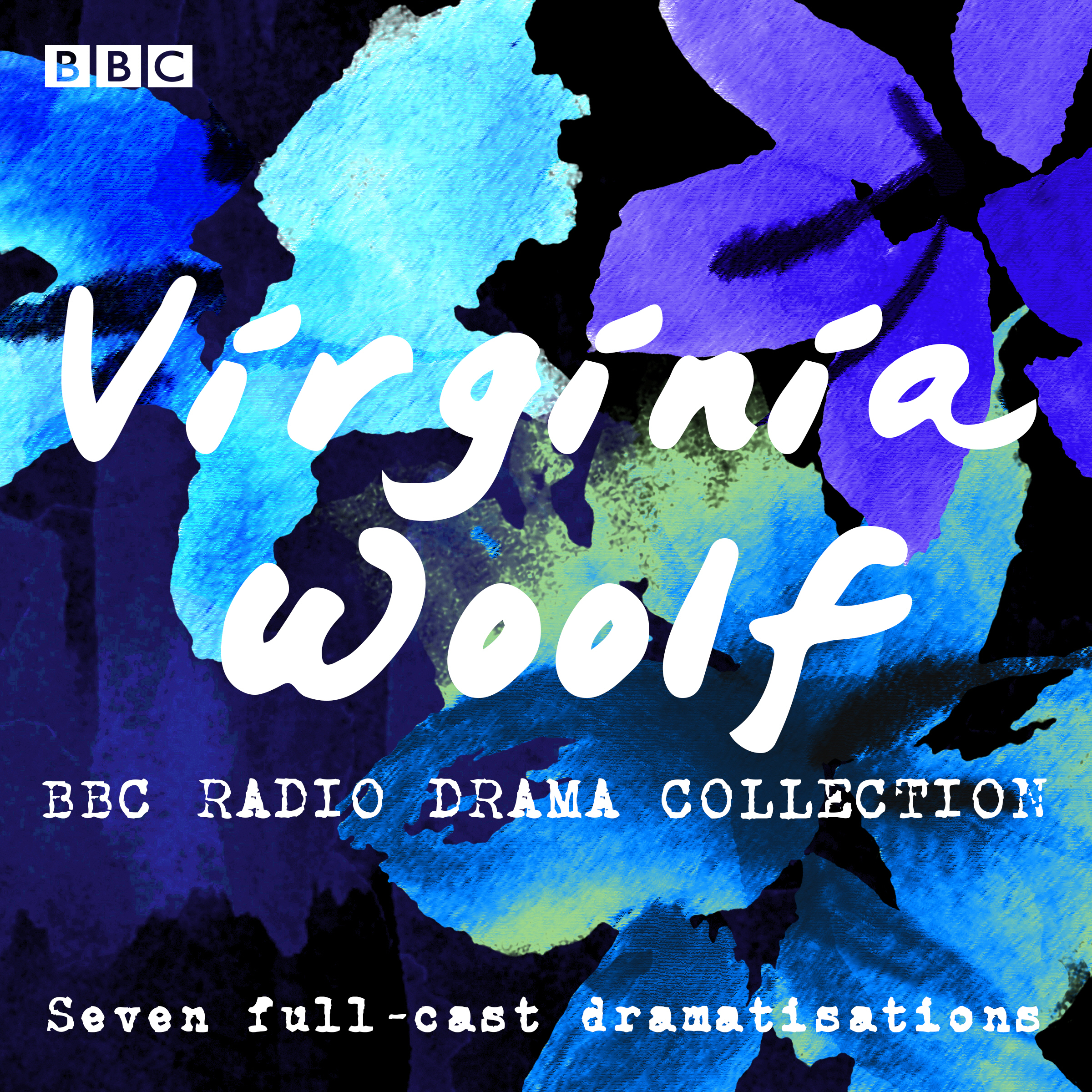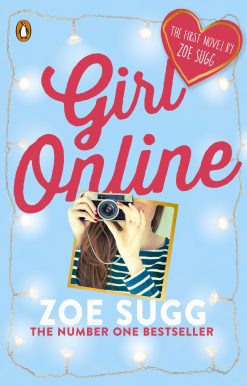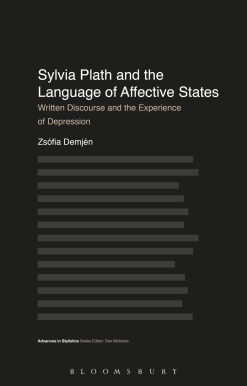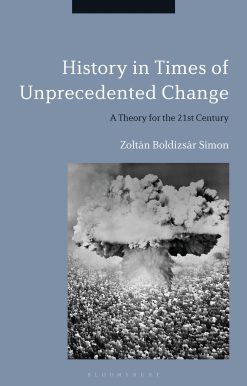The Virginia Woolf BBC Radio Drama Collection: Seven full-cast dramatisations
35.00 JOD
Please allow 2 – 5 weeks for delivery of this item
Description
The collected BBC radio adaptations of Virginia Woolf’s pioneering modernist novelsThe Voyage OutA sea voyage to South America turns into a journey of self-discovery for naïve Rachel Vinrace.Night and DayIn pre-First World War London, aristocrat Katharine Hilbery and suffragette Mary Datchet have their assumptions about love challenged.Mrs DallowayVirginia Woolf’s masterpiece charts one day in the life of Clarissa Dalloway, as she prepares to host an important party.To the LighthouseCentring around a summer home on Skye, Virginia Woolf’s landmark tale follows the Ramsay family and their guests before and after World War I.OrlandoThe adventures of time-travelling, gender-swapping poet Orlando, who is born male in Elizabethan England and dies female over 300 years later.The WavesIn this radical ‘play-poem’, six characters look back on their childhood and first forays into adulthood, and reflect on the loss of their friend Percival.Between the ActsAn eccentric artist devises a pageant celebrating English history – but it is 1939, and the shadow of war hangs over England’s present.Among the stars of these seven poignant, penetrating dramatisations are Bertie Carvel, Kristin Scott-Thomas, Dervla Kirwan, John Lynch, Geraldine James, Anna Massey and Don Warrington.
Additional information
| Weight | 0.332 kg |
|---|---|
| Dimensions | 3.5 × 13.8 × 14.2 cm |
| by | Fenella Woolgar, Full Cast, Juliet Stevenson, Kristin Scott-Thomas, Laura Fraser, Robert Glenister, Vanessa Redgrave, Virginia Woolf |
| Format | CD-Audio |
| Language | |
| Publisher | |
| Year Published | 2019-4-11 |
| Imprint | |
| Publication City/Country | London, United Kingdom |
| ISBN 10 | 1787534332 |
| About The Author | Virginia Woolf (née Adeline Virginia Stephen) was born in South Kensington, London, on 25 January 1882. Her father, Leslie Stephens, was the founder of the National Dictionary of Biography. She was one of eight children, including four half-siblings from her parents’ previous marriages. As a child, she was home-schooled, and enjoyed family holidays at the Stephens’ holiday home in Cornwall, Talland House. With its views across the bay to Godrevy Lighthouse, it was a place of idyllic freedom that would later inspire To the Lighthouse.When Virginia was thirteen, her mother died. This traumatic event was followed by the death of her half-sister Stella Duckworth two years later, and her father’s death in 1904, which provoked a nervous breakdown – the first of the bouts of mental illness that would plague her for the rest of her life. After her recovery, Virginia and several of her siblings moved to Bloomsbury. There, they hosted artistic gatherings attended by like-minded bohemians including Clive Bell, EM Forster, Lytton Strachey and John Maynard Keynes, and formed the Bloomsbury Group. In 1912, Virginia married Leonard Woolf, and together they founded the Hogarth Press in 1917, publishing works by then-unknown writers such as Katherine Mansfield, TS Eliot and Virginia Woolf herself. Her first novel, The Voyage Out (1915) had been published by her half-brother’s firm, Gerald Duckworth and Company, but subsequent novels were issued by Hogarth, with dust jackets by her older sister, the painter Vanessa Bell. Virginia Woolf’s second novel, Night and Day (1919) was fairly traditional in style, but with her third, Jacob’s Room (1922), she started to develop the experimental, lyrical ‘stream of consciousness’ technique for which she became known. Her later novels Mrs Dalloway (1925), To the Lighthouse (1927) and The Waves (1931) encapsulate her groundbreaking modernist style, impressionistic and intensely focussed on the interior lives of her characters. In 1922, Virginia met Vita Sackville-West, and the two women started an affair. Their relationship was the inspiration for Orlando (1928), an exploration of gender and creativity. An ardent feminist, Woolf believed that women’s talents had gone unrecognised throughout history due to the patriarchy, an idea she expressed in her treatises A Room of One’s Own (1929) and Three Guineas (1938). The latter was also a polemic against war, expressing Woolf’s pacifist ideals. When World War II broke out, the Woolfs’ London home was destroyed during the Blitz, and they retreated to Sussex. There, Virginia wrote her last novel, Between the Acts (1941). On finishing it, she fell into a deep depression and, fearing that she was going mad, drowned herself in the River Ouse on 28 March 1941. Virginia Woolf died aged just 59, but left behind an extraordinary body of work including nine novels, several short story collections and numerous works of non-fiction and literary criticism. She is widely regarded as one of the greatest modernist authors of the twentieth century. |





